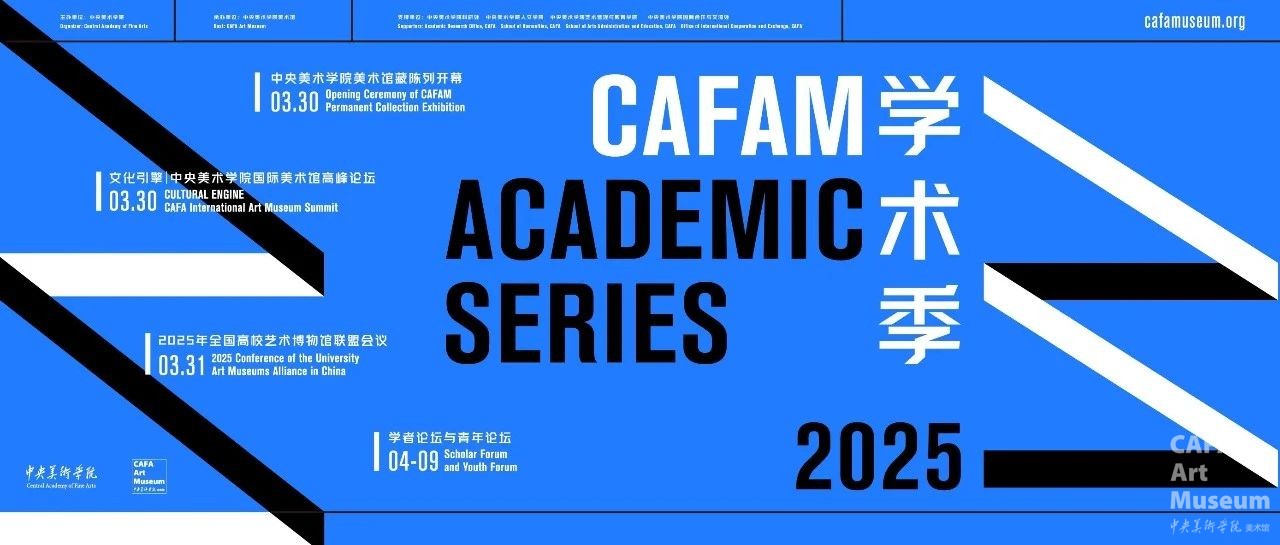


日本东京国立新美术馆首席策展人 神谷幸江
「
Yukie Kamiya draws on her curatorial experiences at the Hiroshima City Museum of Contemporary Art and The Japanese Society in New York to examine how artinstitutions create platforms for cross-cultural dialogue, striking a dialectical balancebetween local communities and the global. In Hiroshima, the museum channels thetrauma of the atomic bombing into a universal subject through healing-focusedartworks, transforming regional memory into a shared human concern. In contrast, theJapanese Society in New York emphasises a cultural interplay between Japan and theUnited States, using innovative narratives to foster reinterpretation globally. Kamiyanotes that contemporary art museums must root themselves in local contexts, openconversations, and construct new narratives. In doing so, they become catalystsconnecting different times, places, and cultures. Her perspective aligns with CAFA'sbroader forum discussions on how digital technology facilitates the coexistence of virtualand physical museum spaces, together pointing to a shared mission in the age ofglobalisation: to deepen cultural understanding and create further artistic valueinternationally through pluralistic collaboration and technological integration.
」
1.
Personal Background
and Core
Research Focus
Before assuming her current role at the National Art Center, Tokyo, Yukie Kamiya heldlead curatorial positions at both the Hiroshima City of Contemporary Art and TheJapanese Society Gallery in New York. Drawing on her work from both places, sheutilised two culturally and geographically distinct institutions to investigate how art canremain rooted in local culture while also continuing to blend with global history andcontemporary contexts. Her research consisted of how museums can serve asplatforms for transregional dialogue that fosters mutual cultural understanding andrespect.

2.
Art Institution's
Globalisation Mission
and Strategic Practice
Kamiya emphasises that, in a global context, institutions must protect local culturalidentities while promoting cross-regional cooperation. Local art practices should berefined into a common theme that appeals to all people. She conveys that artinstitutions, such as museums, should act as a bridge to connect different cultures andhistorical backgrounds, encouraging global dialogue through the power of art.
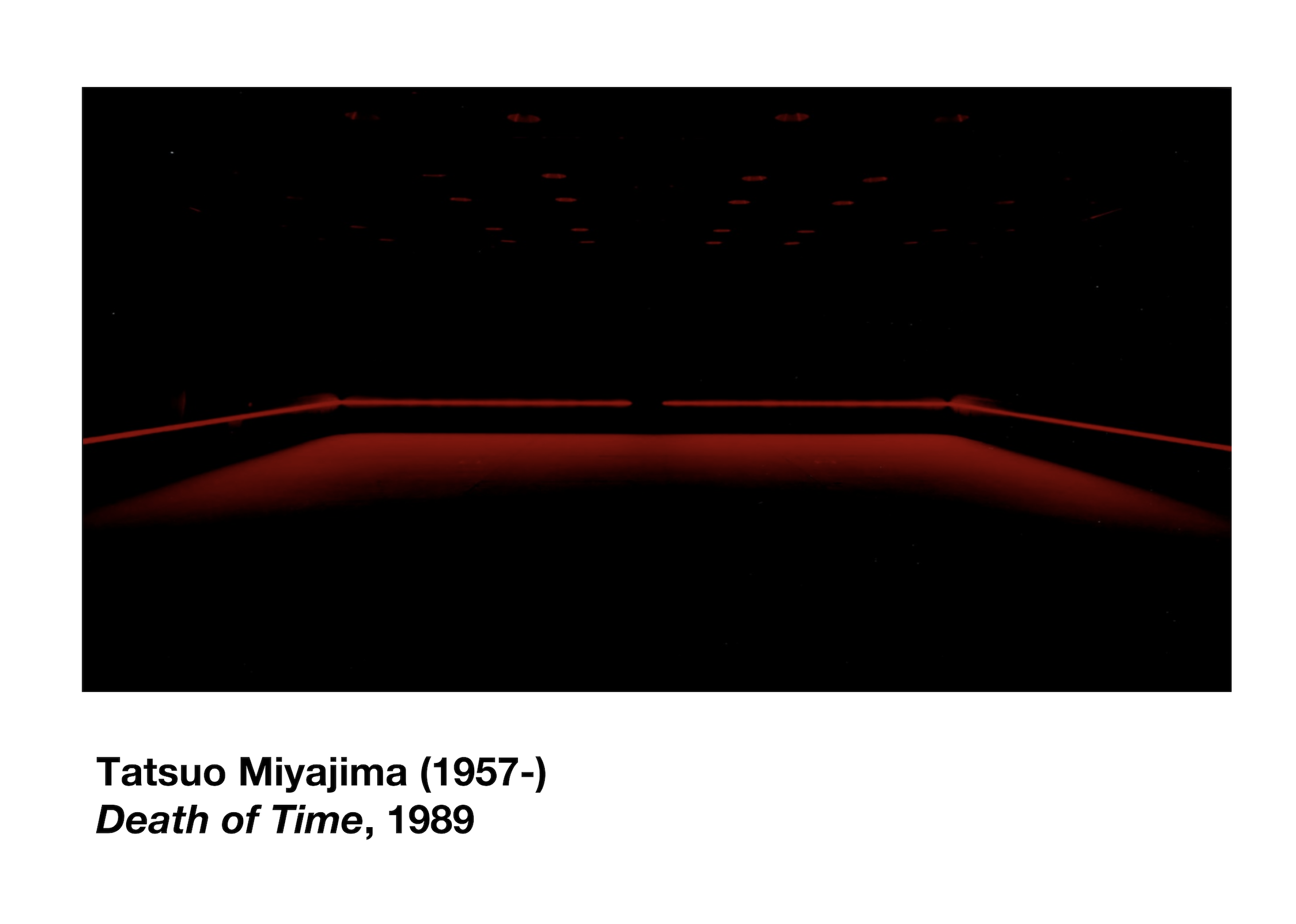
The Hiroshima Contemporary Art Museum focuses on collective memory and thetransmission of trauma, as well as the role of Japanese society in cultural exchange.Although differing in approach, both demonstrate the unity of local and global vision.This requires a deep engagement with local history and culture while also necessitatinga breakthrough in geographic boundaries. Through curatorial strategies, they canpromote cross-cultural understanding and collaboration, ultimately achieving an organicintegration of historical narratives with contemporary relevance.
3.
Specific Cases
Analysis and Practice
ⅰ. Hiroshima modern art museum: posttraumatic memory and global reconstruction
According to Yukie Kamiya, the Hiroshima City Museum of Contemporary Art,founded in 1989, has a central mission: to reconstruct the historical trauma of the1945 atomic bombing through the language of art, transforming it into a culturalbridge between the past and the future. The collection not only documents thedestructive moment of the bombing but also seeks to convey both individual andcollective memory.
She cites several examples: Tatsuo Miyajima's digital installation, "Death of Time," utilises the repetitive cycle of numbers from 1 to 9 to symbolise the "suspension of time" at the moment of the bombing, transforming an abstract concept into a visual witness. Yayoi Kusama's "Resurrected Soul" employs layered thread to symbolise, metaphorically, the lives lost, evoking profound reflection on wartime casualties. Yoshitomo Nara's paintings feature a recurring image of a little girl, characterised by a dual gaze: one eye reflecting the atomic mushroom cloud, the other gazing at the blue sky, capturing the intertwining of traumatic memories and hope for the future.

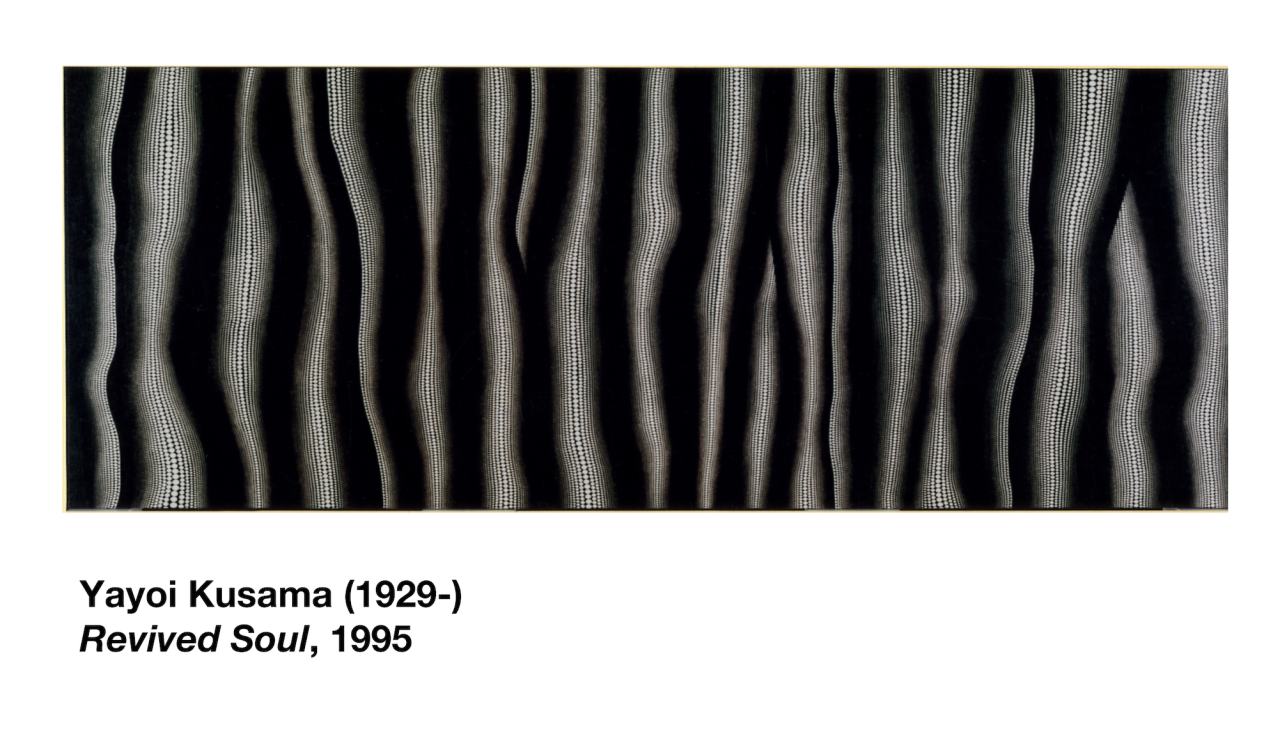
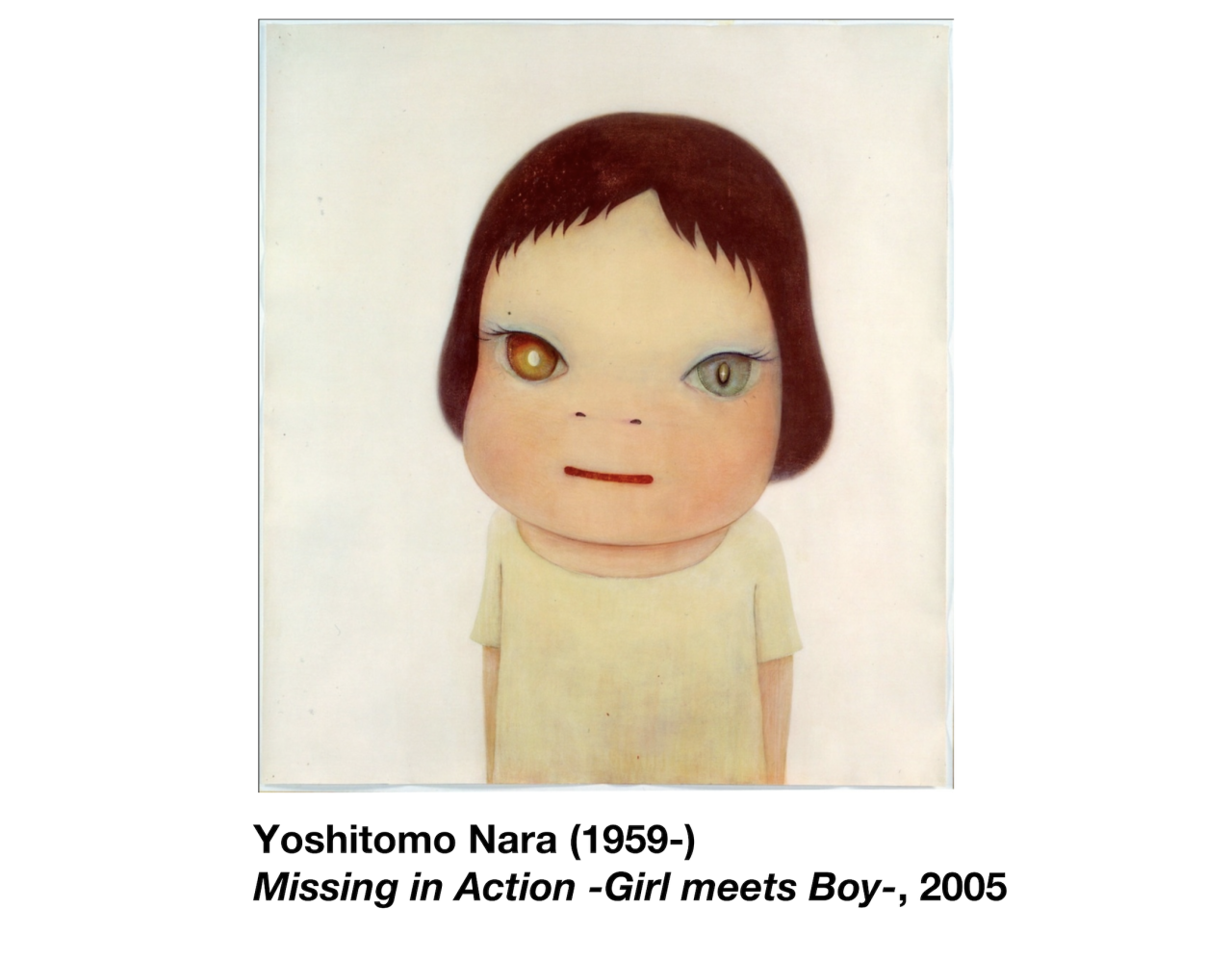
The museum's practices utilise cross-cultural collaboration to further foster globalisation. For instance, British sculptor Henry Moore's atomic-themed sculptures are juxtaposed with traditional Japanese drama masks. At the same time, artist Simon Starling collaborated with Noh master Yasuo Miichito to create works that feature fractured Noh faces- symbols of fragmented identity. These projects interpret traditional forms as vehicles for addressing international concerns.

Yukie Kamiya emphasizes that such practices must carefully balance the atomic bombing memories held by Hiroshima's residents with the outsider perspectives of international visitors. The goal is to construct a platform for" collective memory"- one that avoids reducing complex history into a single narrative. Through processes of artistic healing and memory reconstruction, the Hiroshima City Museum of Contemporary Art not only affirms regional identity but also elevates local trauma into a universal human concern, bridging the gap between local and global dialogue.
ⅱ. Japan Society in New York: Dynamic Narratives in Multicultural Contexts
The Japanese Society in New York centres on fostering U.S.-Japan cultural exchange through a curatorial approach of "decentralization"- moving beyond a single point of perspective to focus on dynamic multicultural intersections. By juxtaposing architecture and art, it captures Japan's postwar evolution from reconstruction to a post-industrial society.
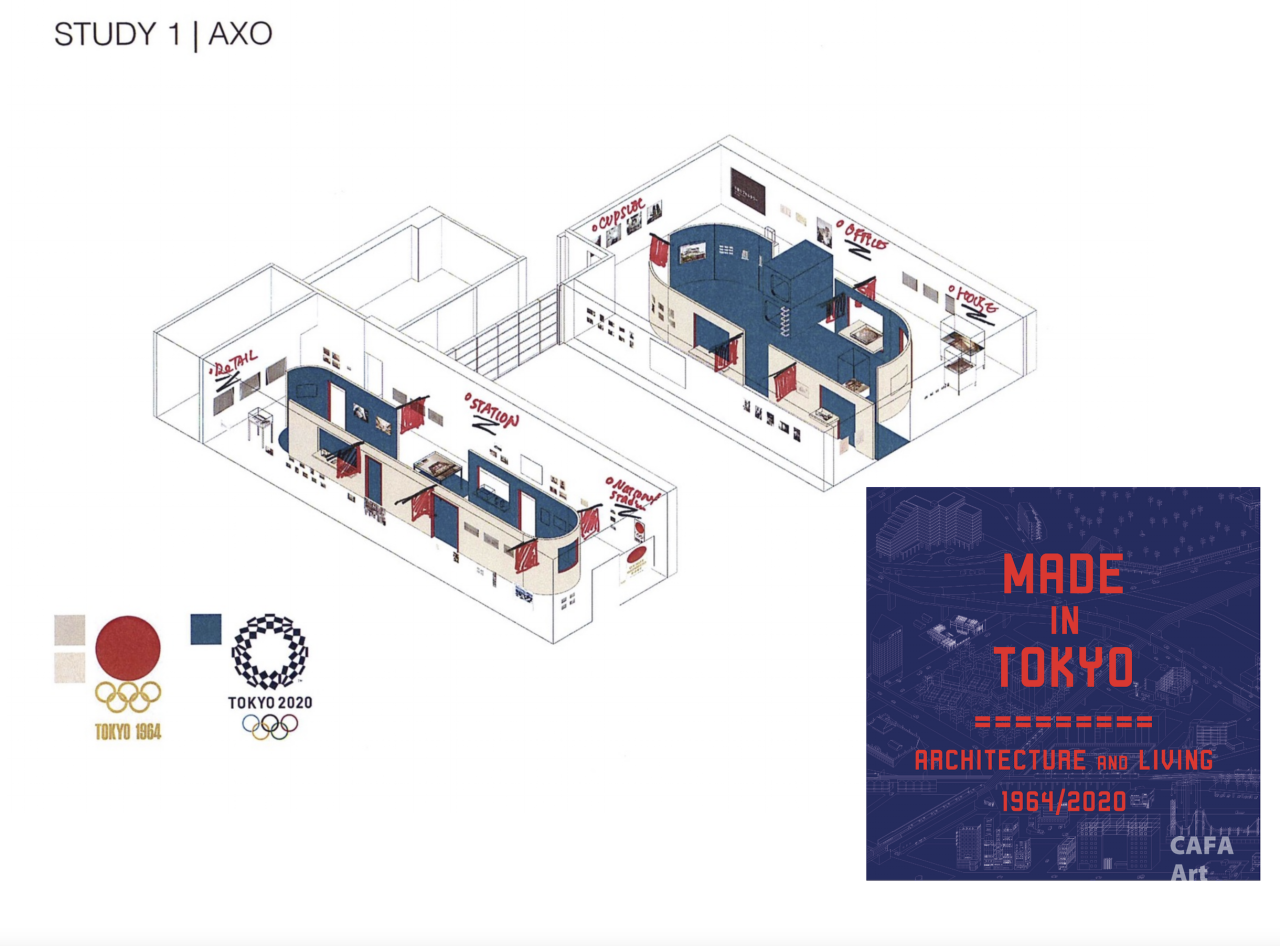
For instance, Kenzo Tange's 1964 Yoyogi National Gymnasium blends tradition with modernity, symbolizing Japan's postwar recovery. In contrast, Kengo Kuma's 2020 stadium utilises wood and nature to reflect on sustainability and post-Fukushimapost-Fukushima ecological concerns.
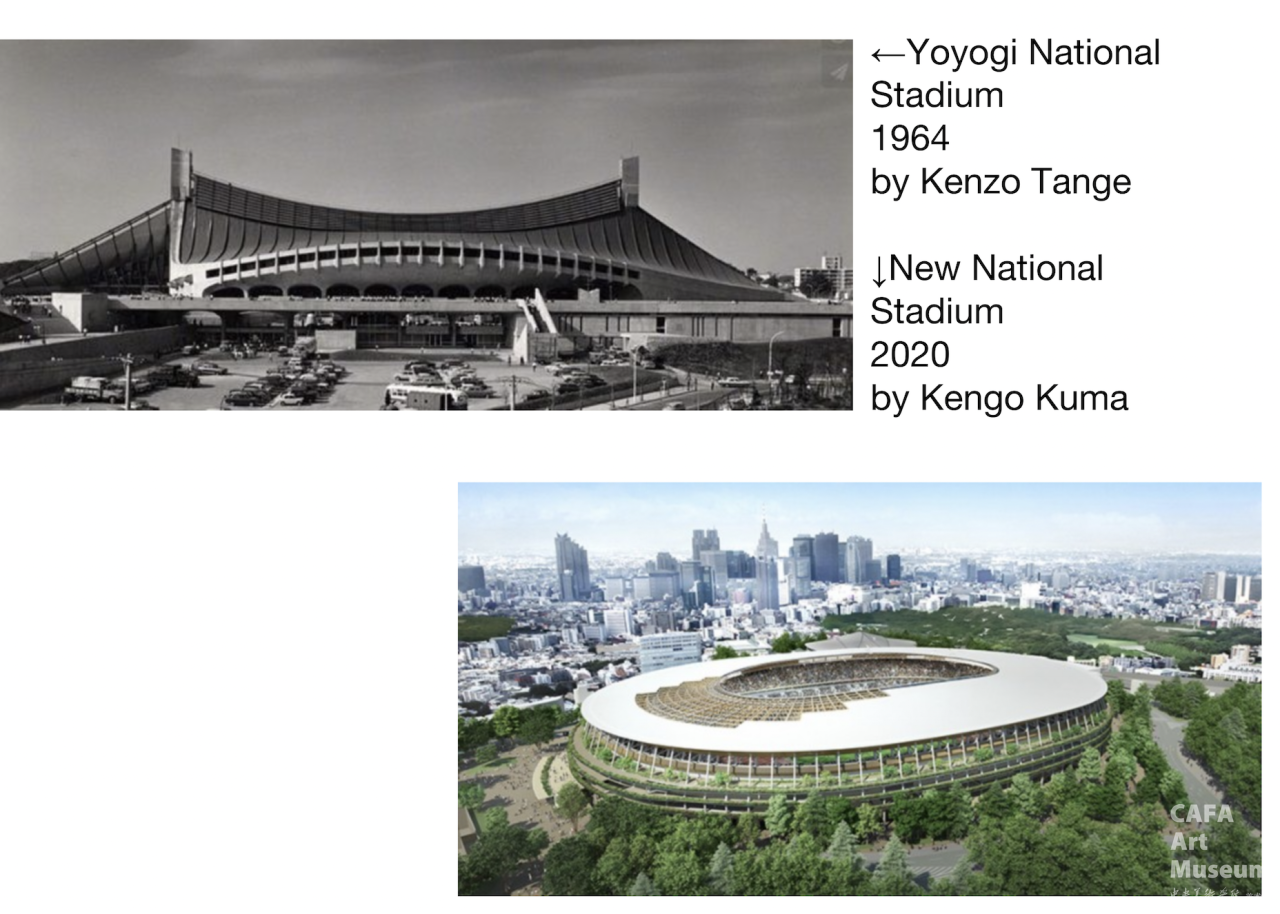
In art, exhibitions like "Radicalism in the Wilderness" Spotlight Japan's 1960s avant-garde, aligning with global experimental movements. The fusion of rural art and global contributions highlights collaborative innovation.
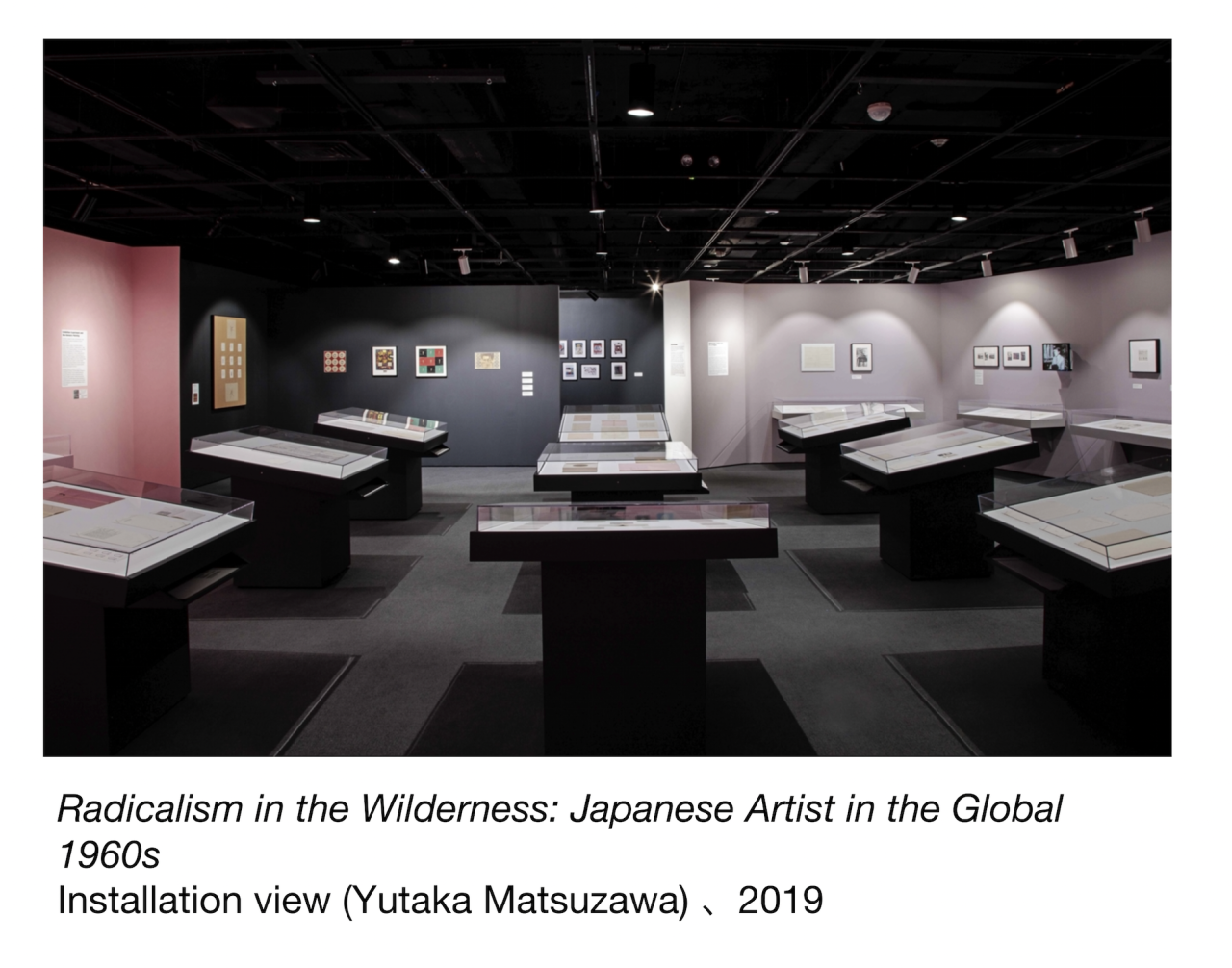
The society also disrupts traditional exhibition formats, combining archives, models, and videos to depict Tokyo's shifts, inviting critical reflection and fostering the global reconstruction of perspectives on Japanese culture.
4.
Curational paradigms:
Contrasts and
future missions
The Hiroshima and New York cases reveal two distinct narrative approaches. Hiroshima centres on atomic trauma, fostering an identity that resonates emotionally and provides an immersive experience. In contrast, New York frames cultural hybridity and emphasizes knowledge transmission and critical reflection on socio-economic changes. Together, they form a balanced global dynamic- Hiroshima fosters a general inquiry into humanity while New York reinterprets Japanese narratives globally through a multicultural lens.
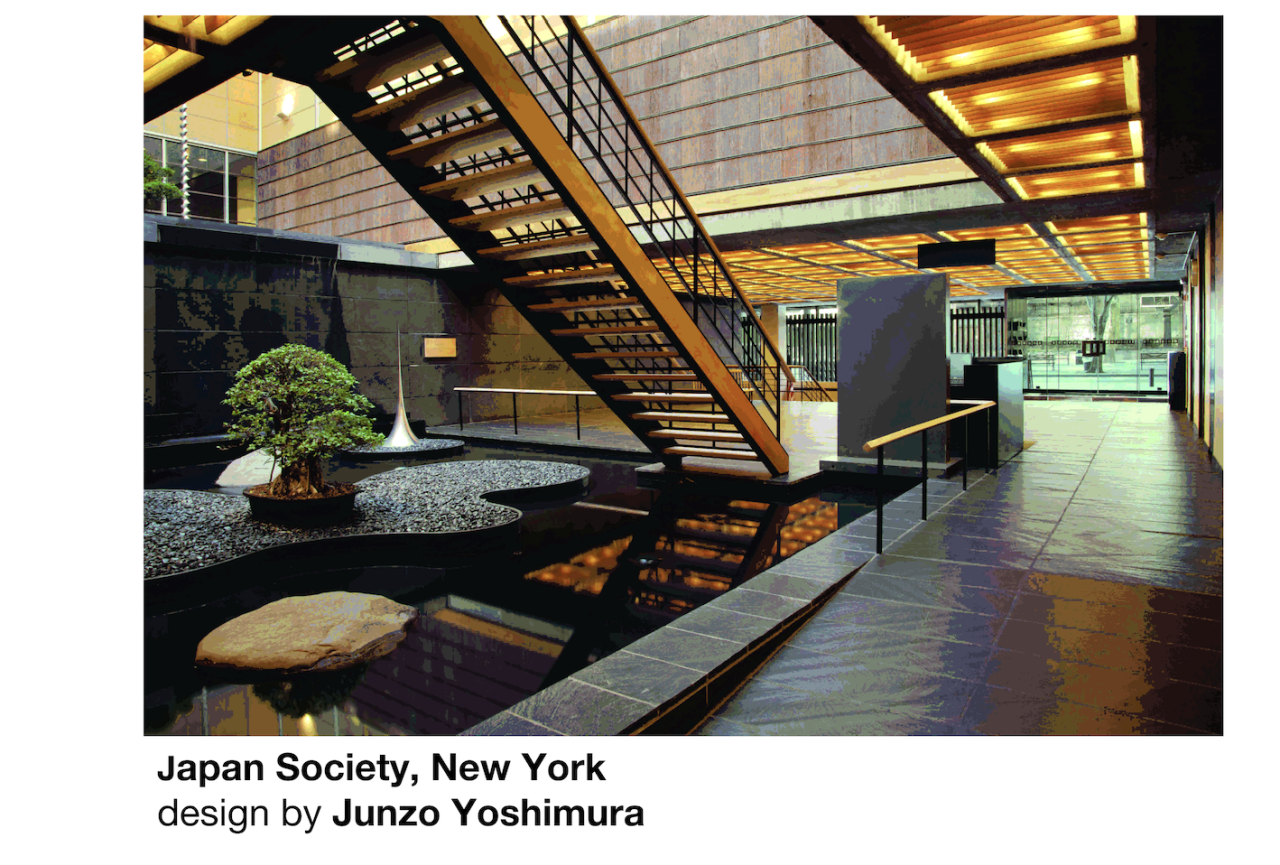
Yukie Kamiya concludes three key missions for contemporary art institutions: First, to be locally rooted and to engage deeply in the history and cultural identity of the region to ensure authentic and meaningful narratives; Second, to foster open dialogue through cross-regional collaboration and diverse perspectives; Third, to innovate storytelling-transforming static history into dynamic experiences through technology, space, and curatorial strategies that inspire multidimensional experiences on the past, present, and future.
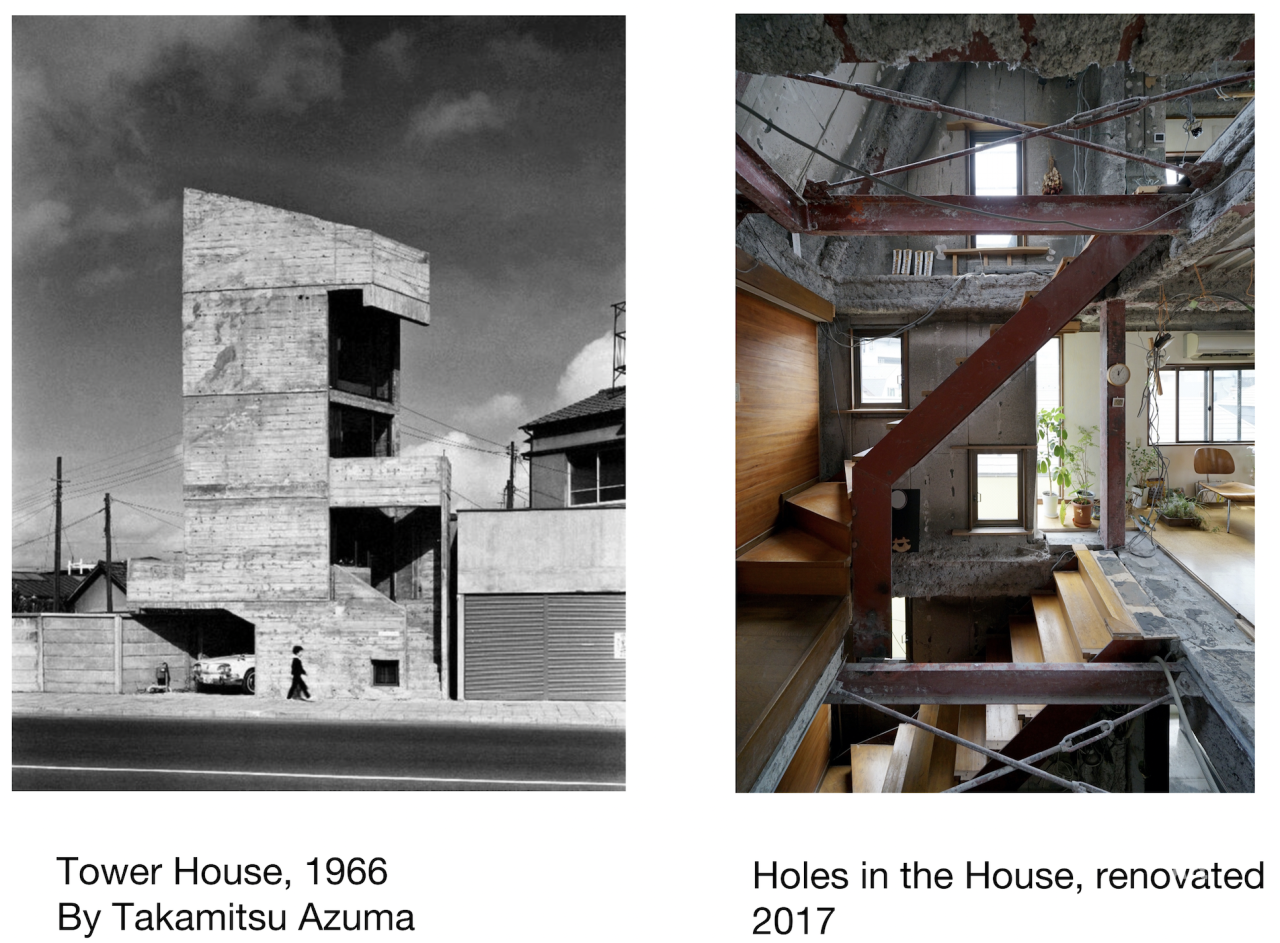
The Hiroshima and New York cases clearly demonstrate the profound and innovative role of art—not merely as a witness to history but as a powerful catalyst that bridges different periods, regions, and groups of people. Through curatorial practices, local stories transcend the geographical barriers to become vital threads in global cultural dialogue. This cross-cultural exchange fosters the transmission of tradition and rebirth, allowing art's influence to be recognised and amplified on a broader and more meaningful scale.
Speaker introduction
-
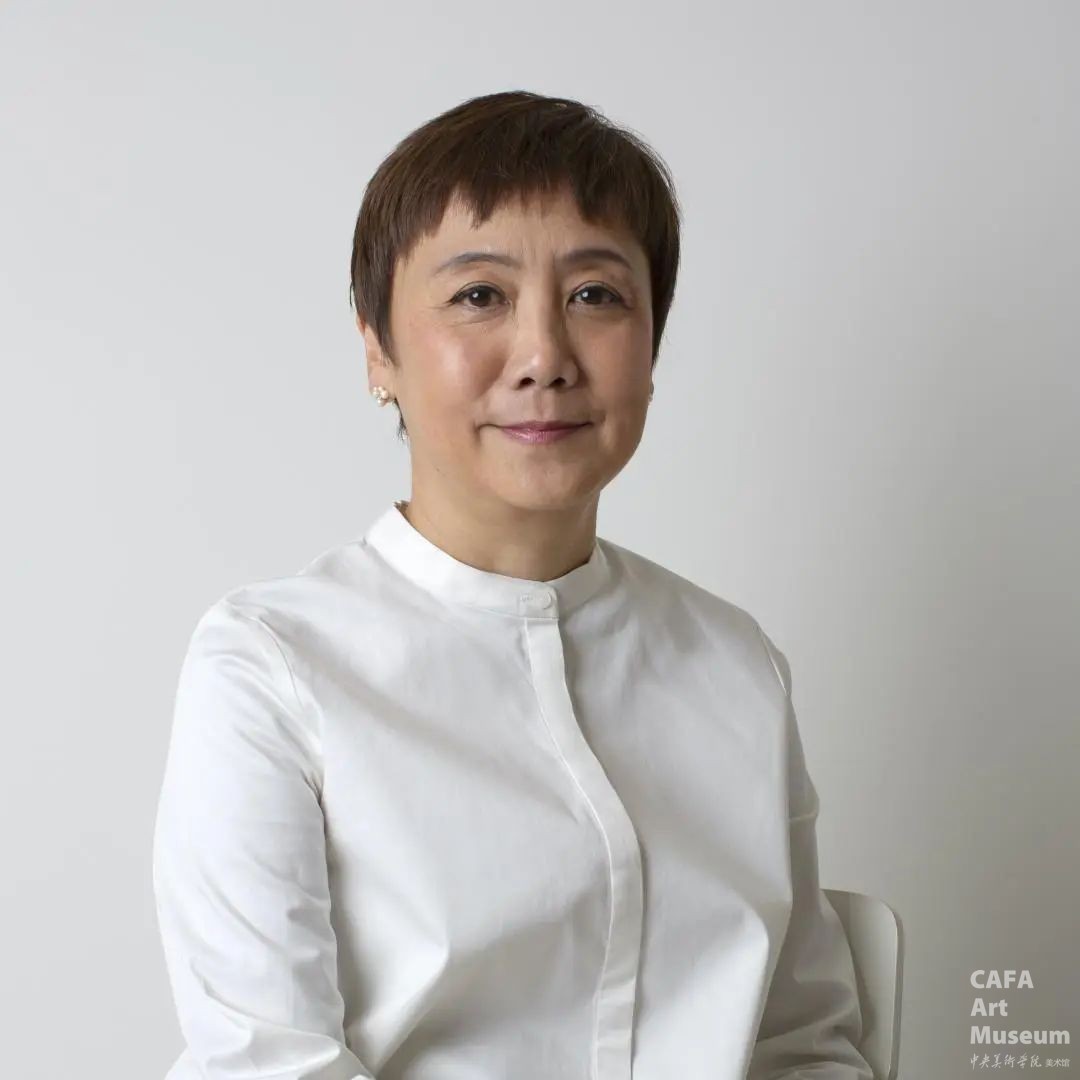
Yukie Kamiya
Yukie Kamiya is an acclaimed curator, formerly Director of the Japan Society Gallery (New York), Chief Curator at the Hiroshima Museum of Contemporary Art, and Associate curator at the New Museum. In April 2025, she will become Chief Curator at the National Art Center, Tokyo. She co-curated the 12th Shanghai Biennale (2018) and advises the Shigeko Kubota Foundation, and is a member of AICA. Her key publications include Hiroshima Sugimoto: Gates of Paradise (2017), Art in Times of Conflict (2014), and Creamier (2010).
∨

Chief Editor / He Yisha
Executive Editor / Du Yinzhu
Photography / He Yifei
Editor / Feng Kaiziqi
Translator / Mia
